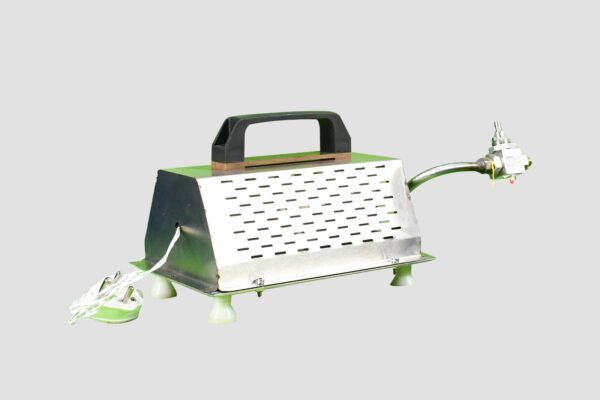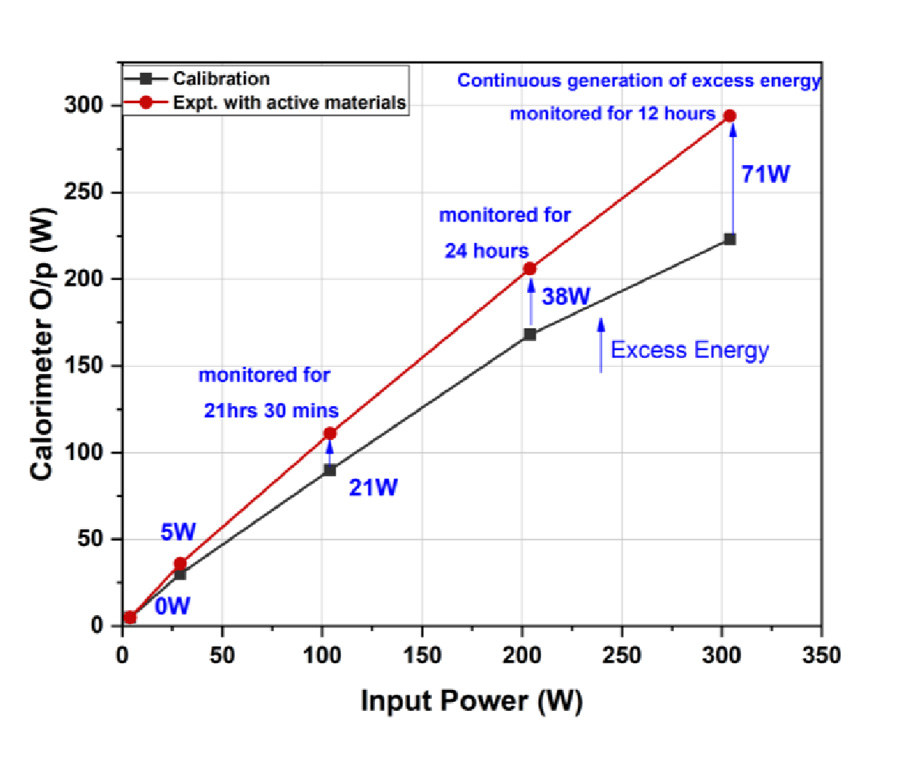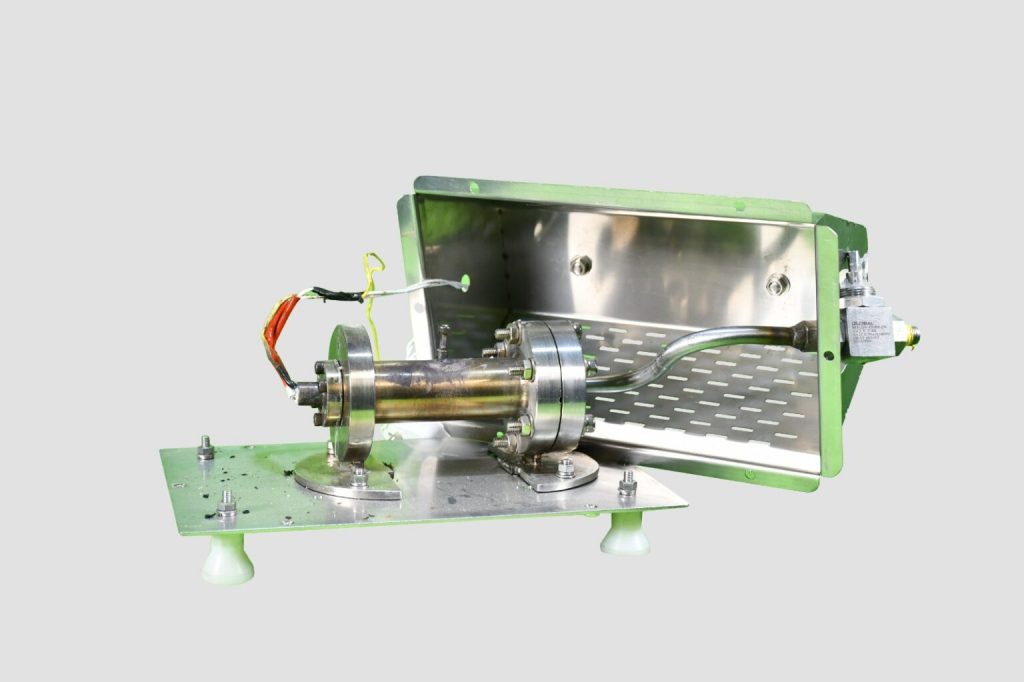India was well represented at the 25th International Conference on Condensed Matter Nuclear Science ICCF25 with multiple institutions presenting collaborative experimental and theoretical works. The Centre for Energy Research at S-VYASA (Deemed-to-be) University at Bangalore [visit] is one of those institutions key in the experimental effort. Now, their SeeGen proto-type is being developed for societal use by a renewable energy company.
Hyderabad-based WindStream Technologies [visit], which offers hybrid solar and wind patented products, has partnered with the Centre for “the establishment of a collaborative framework for the development, production, and promotion of a modular room heating device”. [read]

Centre for Energy Research will be R&D lab
Prahlada Ramarao, Director of the Center for Energy Research presented Confirming Sustained Excess Energy Generation in H2-loaded Palladium System [watch on Youtube] at the ICCF25 meeting this past summer representing colleagues Shree Varaprasad N S, Narayana Behra, Mohankumara P B, Shashank G Dath, and Suprith G C.
At that time, Director Ramarao reported that with over 500 experiments, 100 of the most recent ones have successfully generated excess heat. Consistent excess thermal power on the order of tens-of-Watts, with higher amounts logged occasionally, have been achieved, given a 100 Watt input heat power.
A graph of one experimental lab run from 2020 [.pdf] is shown:

The “super metal” reactor core is a nickel mesh treated with palladium by electroplating or sputtering in the presence of low-pressure hydrogen gas. The core is situated within a stainless steel container with rod along the central axis providing the 100 Watt power input.

Manufacturing plant to be built in Hyderabad or Bengaluru
WindStream Technologies will use their hybrid solar/wind unit to provide the 100 Watts input power needed to operate the generator. The SeeGen is advertised as providing 30-50% efficiency, providing 130-150 Watts heat power and boasting a toasty 320 degrees C thermal output continuously for over four months, ready to provide heat for a full winter season.
From the article Heating Device That Uses Renewable Energy In High Altitude Areas:
Venkat Tangirala, CEO, WindStream Technologies, informs, “The power required for this device is very low, that is, 100W per 1 hour, which translates to 2.4 kW per device per day (24 hrs). The SolarMill, which offers storage, can generate power consistently from both wind and solar throughout the year.”
Adds Tangirala, “Most importantly, we avoid the use of fossil fuels that are being used today for generating heat in devices. The Return on Investment in SEEGeN is very lucrative.”
Concludes Tangirala, “The team at CER was successful in proving the concept and has been reviewed by several scientists from BARC, IITs, DRDO, DRDL, University of Bangalore and University of Dharwad. Subsequently, the team at CER continued the research and has developed a number of generators generating excess heat with an efficiency of 150% continuously for more than three months. Additionally, it has been tested on several occasions and locations of India.”
“The device has also been replicated at IIT Guwahati while the professors from the department of mechanical engineering and metallurgy have confirmed the generation of excess heat from the device developed at CER, S-VYASA.”
“The room heater is built on the concept of Low-Energy Nuclear Reactions (LENR). This research is also termed as Solid-State Energy or Cold Fusion. While in India, the CER is undertaking pioneering research on it, similar R&D work is ongoing at USA, Russia, Japan and China with Governmental support. Tangirala, who wants to keep the cost “discreet” for now, hints that the innovation will be affordably priced and will be commercially available in India in two months’ time.”
Read more at: https://www.saurenergy.com/solar-energy-news/heating-device-that-uses-renewable-energy-to-the-rescue-in-high-altitude-areas
See also The Heat in India https://lenr-news.com/the-heat-in-india/




